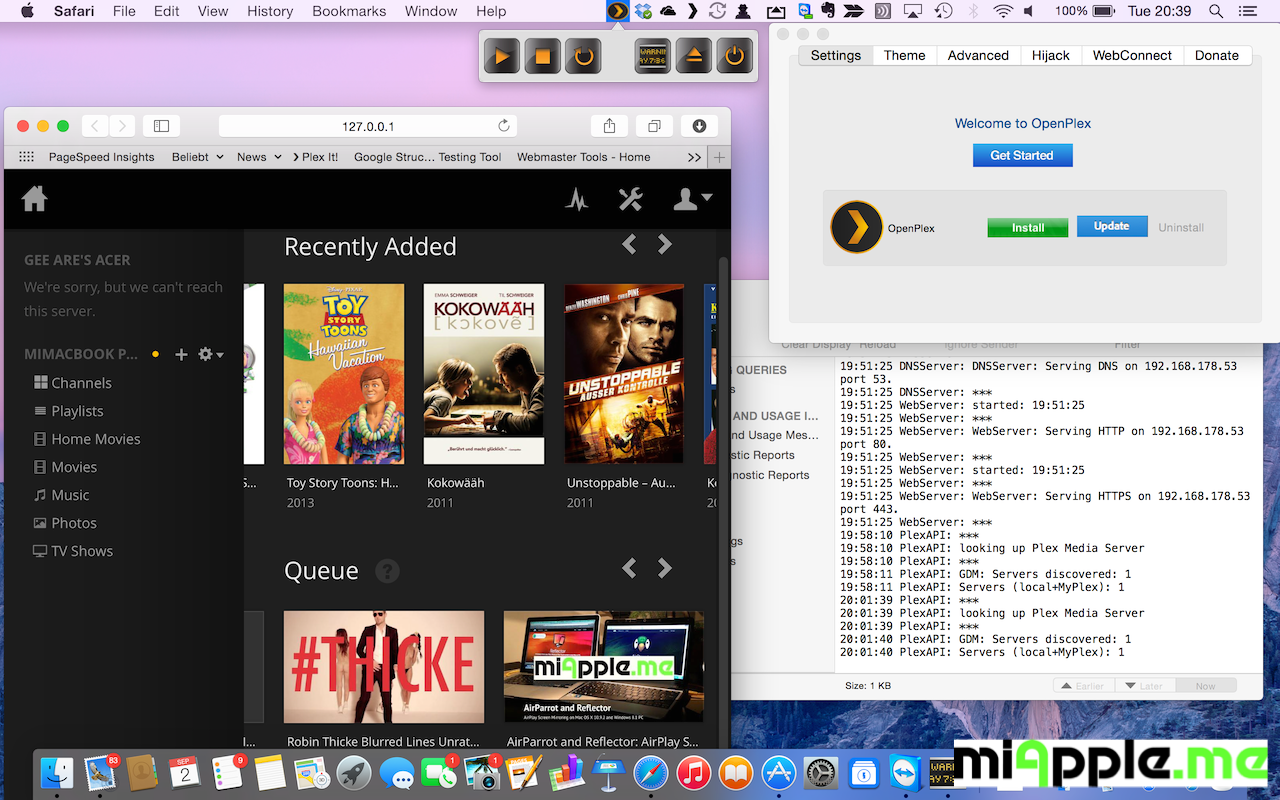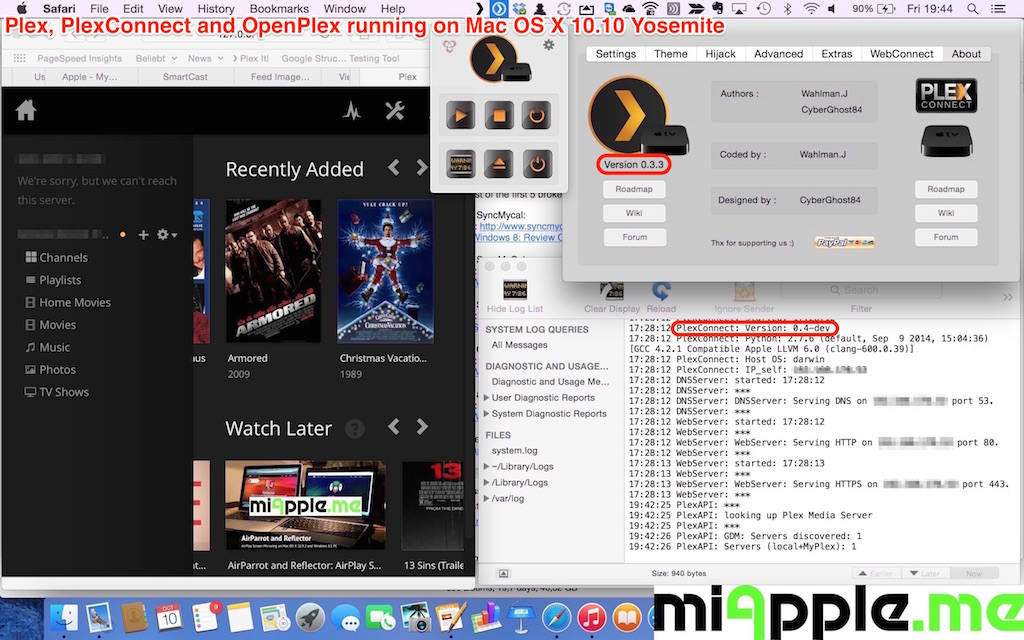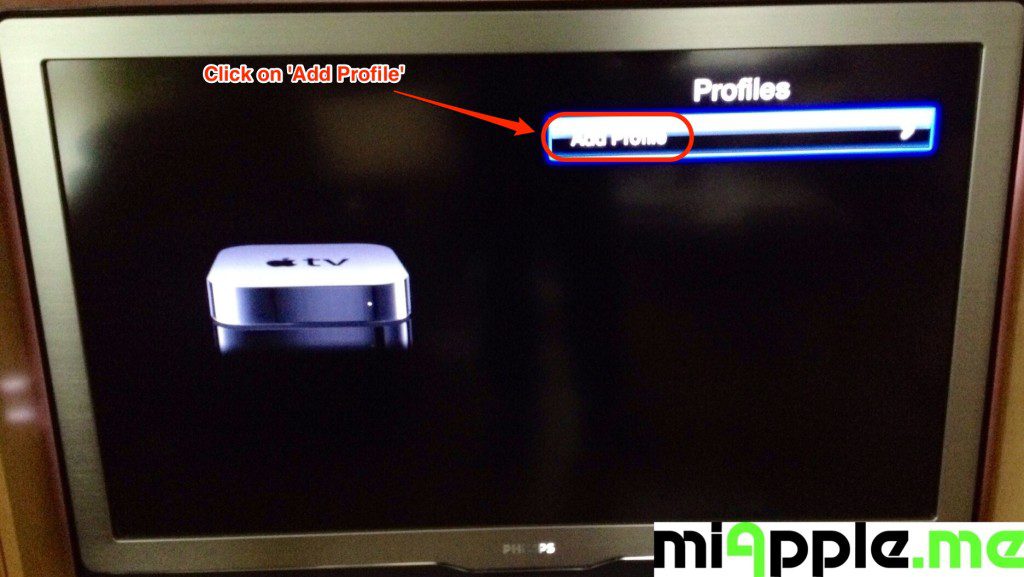

Your Plex server is connected to a home ISP connection-not a corporate network, not a VPN.

Head over to and click on Sign In if you're not sure. It is possible to install the server without creating an account, but you would have had to jump through some hoops to skip the account creation. If you've been a Plex user for some time, this used to be called myPlex, but it's just a generic Plex account now.

Plex is a client/server software system, meaning you need the server software installed somewhere AND the client software to access your Plex library. You have Plex server installed and running already.We're going to make a couple of assumptions before we begin this tutorial: The remote access feature is available to everyone, for free. However, you don't need a Plex Pass to remotely access your media content. Click on the wrench icon in the upper right corner to access your Settings menu.Note: Because of the fantastic features it offers, a Plex Pass is well worth the money. The first order of business is to hop into your Plex Media Server via the web-based control panel, located, by default, at local servers IP]:32400. Note: If you’re already offline, you’ll need to locate your configuration files using this Plex help document and then manually edit the value for allowedNetworks to include the address block discussed below. RELATED: 5 Best Plex Alternatives Method One: Disable Plex Authentication on Your Local NetworkĮnabling local access to your Plex server without authentication is a great way to sidestep the internet-based authentication process and use your Plex clients in the way that feels most like you’re used to. But, because of the diverse number of devices people run Plex on, we recommend you refer to this Plex help file to determine where those configuration files are located on your particular device. We’ll mention which things you need to edit in the section below.


 0 kommentar(er)
0 kommentar(er)
